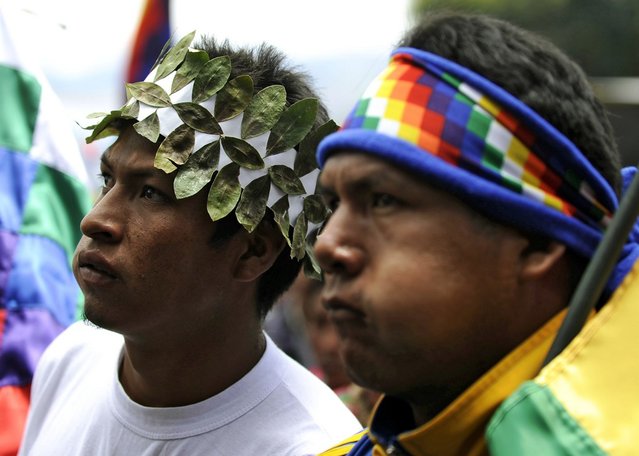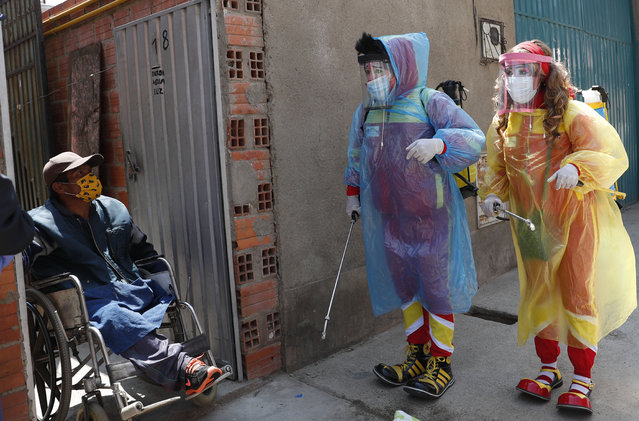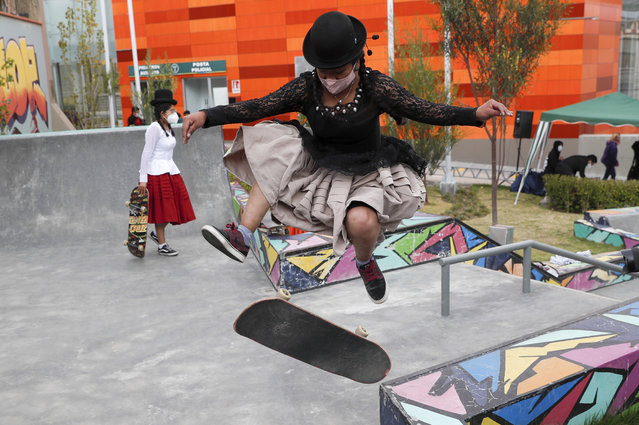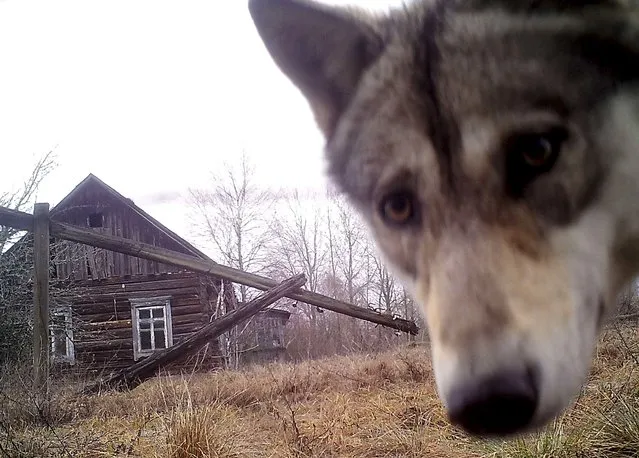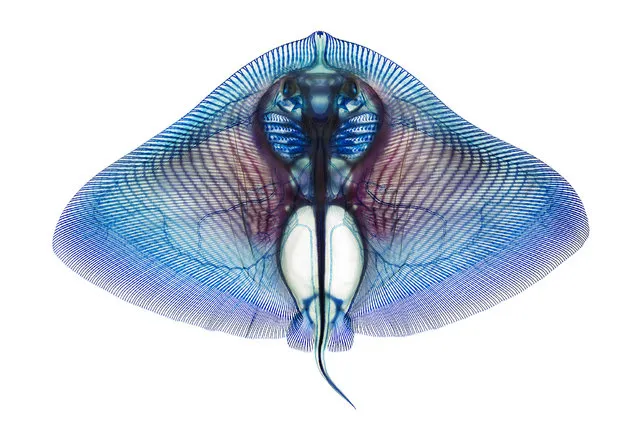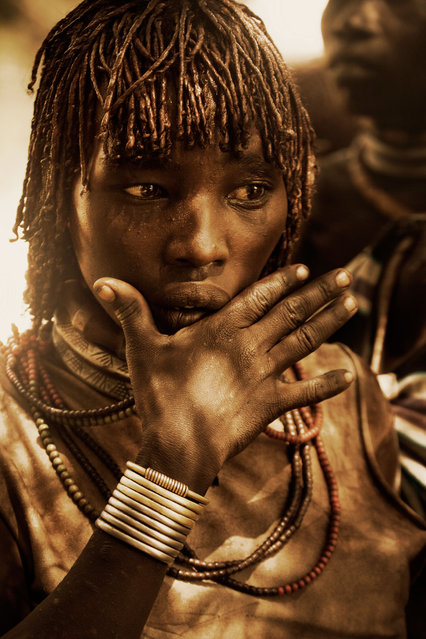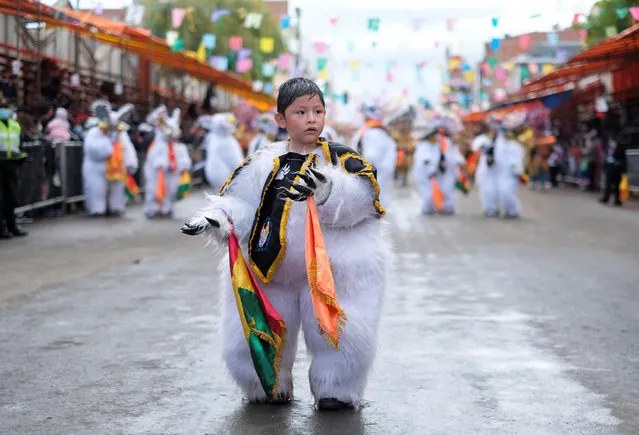
Kalep, 5, in a bear costume, participates in parade where his father Johnny Lopez was the Elder Angel, during the Oruro Carnival, a traditional celebration that can be traced back to the indigenous Ito festival, in Oruro, Bolivia February 26, 2022. (Photo by Wara Vargas/Reuters)
08 Apr 2023 03:49:00,post received
0 comments

